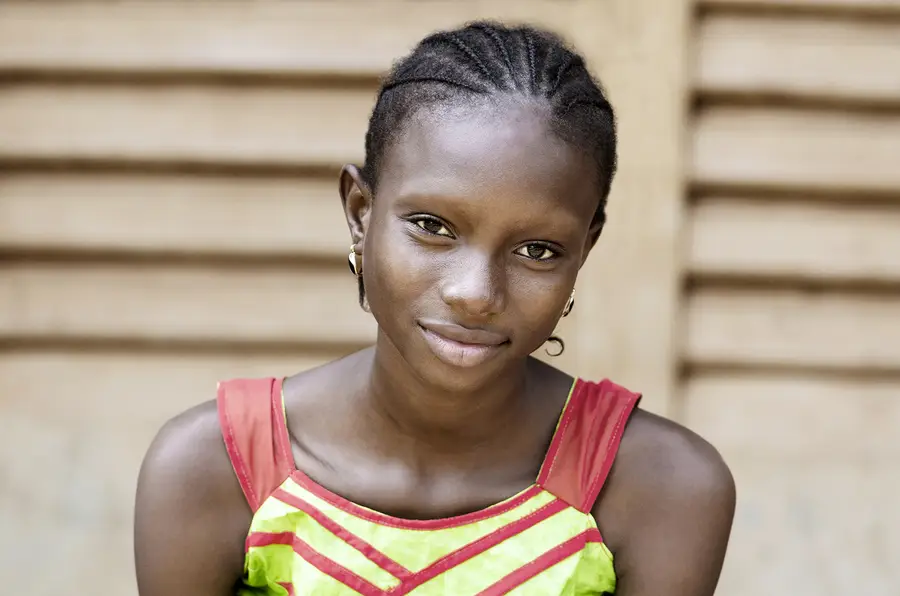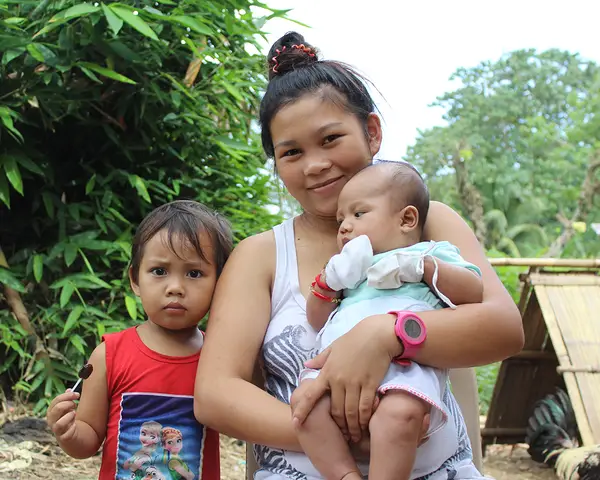
Our work offers insights on evidence-based, accessible, and engaging mental health interventions for adolescents in low- and middle-income countries.
This is the second blog in our series, "The Time is Now: Investing in Adolescent Health", which shares insights from RTI experts on the importance of integrated and holistic approaches to improving adolescent health outcomes, and discusses successful interventions that address those needs around the world.
Globally, over 250 million adolescents and young people (10-24 years) have a mental health disorder, such as anxiety, depression, and bipolar disorder. Emerging evidence suggests that the COVID-19 pandemic, and resulting control measures, have only worsened the already significant burden of mental health disorders among adolescents, with the potential for increased anxiety and depression due to social isolation.
Approximately half of the mental health disorders among adults begin in adolescence, often with detrimental effects on a young person’s health, education, and employment which can persist into adulthood. Adolescents with mental health disorders are at increased risk for harmful behaviors and conditions, including self-harm or suicide, substance abuse, sexually transmitted diseases, and teenage pregnancy. Early interventions can help to prevent or reduce the severity of mental health disorders and their effects later in life.
At RTI International, our research and project experience are helping to shine a spotlight on adolescent mental health in low- and middle-income countries (LMICs) and offer insights into best practices for improving interventions.
Barriers to mental health services in LMICs
LMICs face various challenges in providing mental health services that meet the needs of adolescents. Data on effective interventions for this age group remain limited, and the evidence that does exist comes almost entirely from clinical interventions in high-income countries. Those proven interventions are often delivered by specialist providers and can be difficult to apply in LMICs, where mental health specialists may be scarce. For example, in France, a high income country, there are an average of 20.9 psychiatrists per 100,000 people, while in comparison there are only 0.3 per 100,000 in India and 0.06 per 100,000 in Nigeria.
Societal stigma also plays a key role in exacerbating the mental health burden that young people are facing. Even when mental health services are available, adolescents often hesitate to access them due to fear of how they will be perceived. As a result, mental health disorders either remain undiagnosed or are treated through alternate service providers like faith healers. This practice can result in widespread use of non-evidence based interventions, which prevent adolescents from receiving needed treatment.
Contributing to appropriate, accessible and cost-effective mental health support
Many LMICs face challenges with inadequate allocation of finances and resources to mental health and poor planning and infrastructure, including limited human resources for mental health. Recognizing the crucial need for additional data on cost-effective solutions for adolescent mental health, we are conducting a global investment case analysis in partnership with AstraZeneca. We are synthesizing evidence from the literature about proven mental health interventions, and developing a globally-representative model to estimate the costs and benefits to society of scaling up interventions to prevent and treat anxiety, bipolar disorder, depression, and suicide among adolescents.
We recognize that appropriate and accessible interventions must account for the unique developmental and social context of adolescents. Intervention approaches must be tailored to the different stages of adolescence, rather than directing adolescents to child- or adult-oriented resources.
One promising approach for such adolescent-specific interventions is school-based programming. In many settings, school-based screening and cognitive behavioral therapy programs can reach most adolescents and reduce the risk of developing symptoms of depression. Education programs delivered in schools can also reduce the risk of deaths by suicide, one of the most devastating results of mental illness. However, the closures of schools due to the COVID-19 pandemic demonstrate the potential challenges of solely relying on school-based education and outreach. Even under more usual circumstances, school-based programs may miss many of the most vulnerable adolescents.
Lately, we have seen a rise in the use of telehealth and internet-based healthcare services due to social distancing measures. In regions with good internet access, internet-based treatment and prevention programs provide a promising avenue for reaching a larger population of adolescents, including those who do not attend school. Internet-based interventions have proven effective for treatment of anxiety and depression. RTI is exploring the costs and cost-effectiveness of these interventions through our adolescent mental health investment cases. In our increasingly digital world, internet-based approaches to connecting individuals with resources and treatment will likely only become more promising.
Adolescent-driven solutions
Engaging young people in the development of interventions to promote mental health and wellbeing is central to ensuring that these approaches meet their needs. Through the Young Southeast Asian Leaders Initiative Empowering the Next Generation for Noncommunicable Diseases Advocacy and Grassroots Engagement (YSEALI-ENGAGE), we equipped a network of young leaders with the tools to address mental health and noncommunicable diseases in their respective communities, building on relationships with regional and global institutions, experts, and peers. One YSEALI-ENGAGE leader created an online initiative called Mental Health AWHEREness to crowdsource data on the availability of mental health services and facilities and create a publicly accessible interactive map that serves as a central repository for spatial data on mental health services. Young leaders have a unique potential to reach their peers and inspire action and working to involve and empower them in mental health interventions is an important strategy that should not be overlooked.
The international development community must work to ensure that adolescents are not left behind by investing in cost-effective targeted interventions that meet their mental health needs. Addressing adolescent mental health is an important way to not only improve the health and well-being of individuals but enhance their ability to thrive as members of society. With the data from our forthcoming investment case, we aim to increase the ability of program designers and policymakers to choose interventions that improve the mental health—and therefore the lives—of the next generation of young people.




